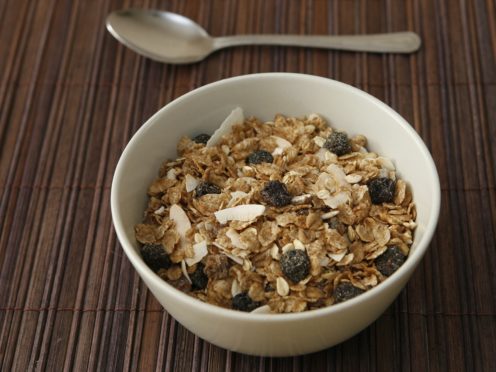Audrey Eyton, the woman who created the F-Plan diet, has died at the age of 82.
The British author was found dead at her home in Canterbury on Monday.
The news was confirmed by a trustee at the Matthew Eyton Animal Welfare Trust, which was set up for Eyton’s son.
The trustee said Eyton was “razor sharp, extremely funny, and utterly unique”.
“She will be missed by all of us who knew her,” she said.
Eyton was the founder of Slimming magazine and in the 80s invented the F-Plan, a high fibre diet. The book about the eating plan went on to become a bestseller.
We're sorry to share that Audrey Eyton, our former trustee has passed away. Audrey was a devoted campaigner, always seeking new opportunities to educate and publicise the lives of farm animals. She will be missed. https://t.co/7ptb9PQapF
— Compassion in World Farming (@ciwf) July 3, 2019
In later years, Eyton worked in animal welfare.
The trustee said: “Audrey was a committed champion for farmed animals.
“She instinctively spotted a great campaign or great idea, and would work tirelessly on it until it succeeded.
“She was also a champion of women, and sought out female pro-animal campaigners to mentor and support.
“Audrey was a woman ahead of her time.
“She backed veganism and vegan organisations long before the movement became mainstream, and had faith that groups like Veganuary would drive the changes that protect animals and slow down climate change.”
